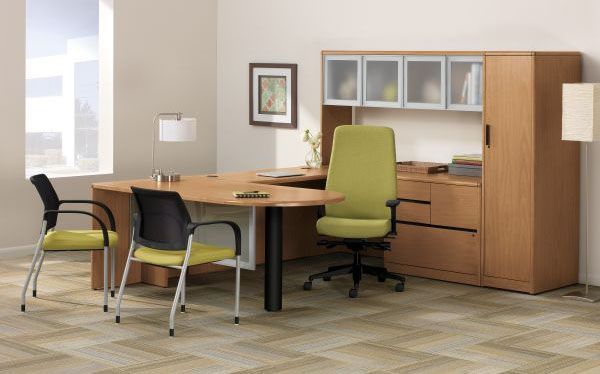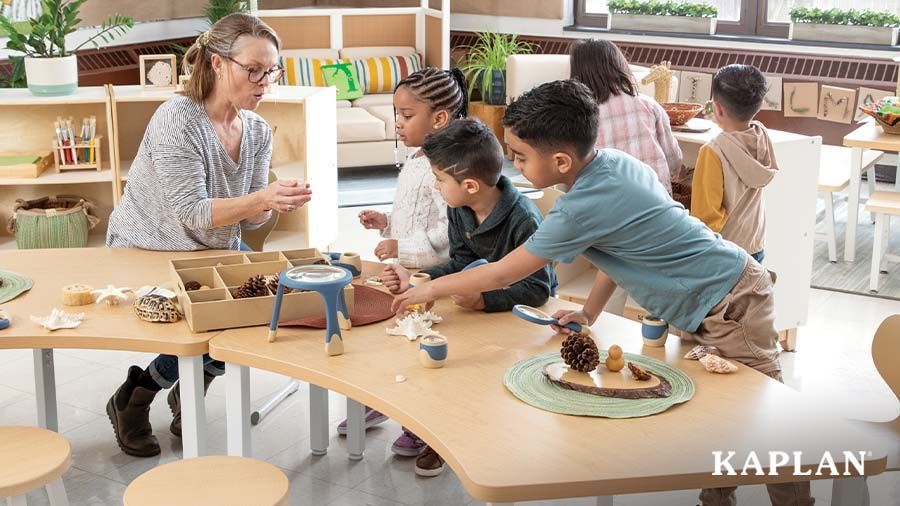Designing the Ideal STEAM Lab: Furniture and Equipment to Inspire Innovation
Creating a STEAM (Science, Technology, Engineering, Art, and Math) lab is an exciting opportunity to provide students with a space that fosters creativity, problem-solving, and hands-on learning. Choosing the right furniture is just as important as selecting the tools and technology.

The design of your STEAM lab should support age-appropriate activities, encourage versatility, prioritize safety, and facilitate collaboration. Here’s how you can set up your STEAM lab with furniture tailored to these key considerations.
1. Age Appropriateness
Furniture and equipment should match the developmental needs and physical abilities of your students. Younger learners require furniture that is scaled for their size and supports a focus on foundational skills, while older students need spaces that can accommodate more advanced projects.
Key Furniture Considerations:
- Desks and Chairs: We can source desks, chairs and stools to ensure a comfortable fit for students of all sizes and ages. These options can also be adapted for different lab uses.
- Lab Tables: Lightweight but sturdy tables with smooth, easy-to-clean surfaces are ideal for activities like crafting, painting, or coding. For younger students, tables with rounded edges add an extra layer of safety.
2. Versatility and Ease of Use
Versatility is critical in a space designed to cater to multiple disciplines. Furniture should be multifunctional, easy to move, and adaptable to various projects.
Key Furniture Considerations:
- Mobile Lab Tables: Tables on wheels can be rearranged quickly to accommodate varied group sizes .
- Stackable/Movable Chairs and Stools: These space-saving solutions can be stored away when not in use, allowing the room to transform as needed for each class size.
- Specialized Work Benches: Workbenches with integrated storage are excellent for engineering and prototyping projects.
3. Safety and Maintenance
Safety is paramount in any STEAM lab, as students often work with tools and materials that require careful handling. Durable furniture that is easy to maintain contributes to a safe and clean learning environment.
Key Furniture Considerations:
- Heavy-Duty Work Benches: For projects involving woodworking or electronics, choose benches with non-slip surfaces and built-in clamps for added stability.
- Resilient Lab Stools: Select stools with non-skid feet and sturdy frames to prevent tipping during use.
- Storage Solutions: Lockable cabinets, tubs and mobile carts help secure tools and materials when not in use, minimizing risk and allowing for better organization.
4. Collaboration and Flexibility
Collaboration is a cornerstone of STEAM education. The lab's layout and furniture should encourage teamwork while allowing for easy reconfiguration to support different types of activities.
Key Furniture Considerations:
- Modular Desks: Desks that can be grouped together or separated provide flexibility for both collaborative and independent work.
- Interactive Whiteboards and Digital Displays: Mounted or mobile displays facilitate brainstorming sessions and enable students to share their work in real time.
- Shared Workstations: Large, shared tables foster a sense of community and are perfect for group projects or brainstorming sessions.
Bringing It All Together
When designed thoughtfully, a STEAM lab becomes more than just a workspace—it becomes a hub of innovation and creativity. By considering age-appropriate furniture, investing in versatile and safe designs, and fostering collaboration through adaptable layouts, you can create an environment that inspires students and prepares them for the challenges of the future.
Partnering with a professional furniture procurement firm ensures that your STEAM lab is equipped with high-quality, durable pieces that meet the unique needs of your educational space. With the right furniture and equipment, your STEAM lab can empower students to dream, design, and build like never before.



